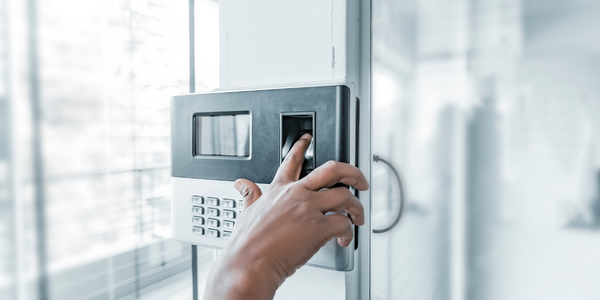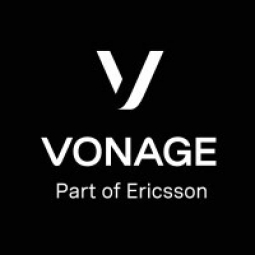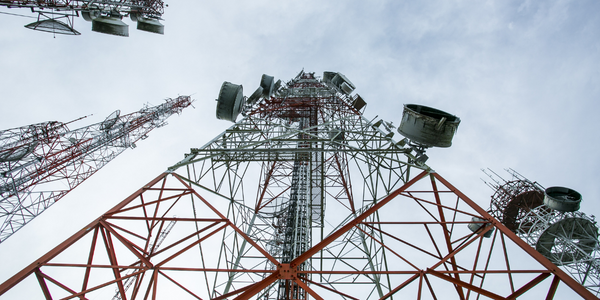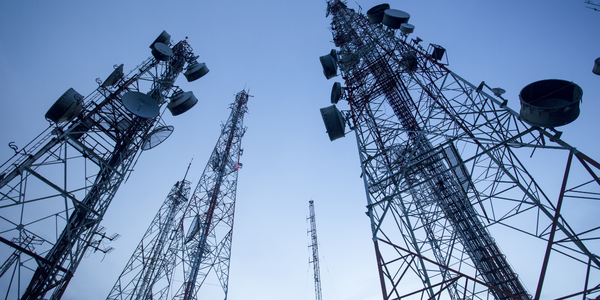Applicable Industries
- Telecommunications
Applicable Functions
- Quality Assurance
Use Cases
- Speech Recognition
- Voice Biometrics
Services
- System Integration
About The Customer
RogerVoice is a leading telecommunications voice recognition solution designed specifically for deaf and hard of hearing individuals. The company's primary offering is an app that allows users to initiate phone calls and receive instant live transcriptions of the callee's responses. The app operates in multiple countries and languages, providing a seamless communication experience for its users. The instantaneous speech-to-text and text-to-speech synthesis of phone conversations is a key feature of the app, enabling users to communicate effectively despite their hearing challenges.
The Challenge
For deaf and hard of hearing individuals, communication via mobile devices can be a significant challenge. RogerVoice, a leading telecommunications voice recognition solution, provides these users with the ability to initiate phone calls and receive instant live transcriptions of the callee's responses. However, a major disruption to the user experience was that when a call was made from the Voice over IP (VoIP) app, the phone number would appear as 'unknown'. This often led to call recipients not answering the phone, as they did not recognize the number, thereby disrupting the user experience of the app.
The Solution
To address this issue, RogerVoice partnered with Vonage to implement an SMS-based user verification process. This process was designed to authenticate new registrants' phone numbers, which would then be displayed as a CallerID. The solution involved using Vonage's SMS API to enable two-factor authentication for new app registrants. When a user signed up, they would enter their phone number and receive a unique pin code via SMS. Once the user correctly entered their pin code, they were granted full access to the RogerVoice app. This innovative solution not only improved the overall user experience but also boosted user verifications and reduced the need for developer resources.
Operational Impact
Quantitative Benefit

Case Study missing?
Start adding your own!
Register with your work email and create a new case study profile for your business.
Related Case Studies.

Case Study
Vodafone Hosted On AWS
Vodafone found that traffic for the applications peak during the four-month period when the international cricket season is at its height in Australia. During the 2011/2012 cricket season, 700,000 consumers downloaded the Cricket Live Australia application. Vodafone needed to be able to meet customer demand, but didn’t want to invest in additional resources that would be underutilized during cricket’s off-season.

Case Study
SKT, Construction of Smart Office Environment
SK T-Tower is the headquarters of SK Telecom. Inside the building, different types of mobile devices, such as laptops, smartphones and tablets, are in use, and with the increase in WLAN traffic and the use of quality multimedia data, the volume of wireless data sees an explosive growth. Users want limitless Internet access in various places in addition to designated areas.











